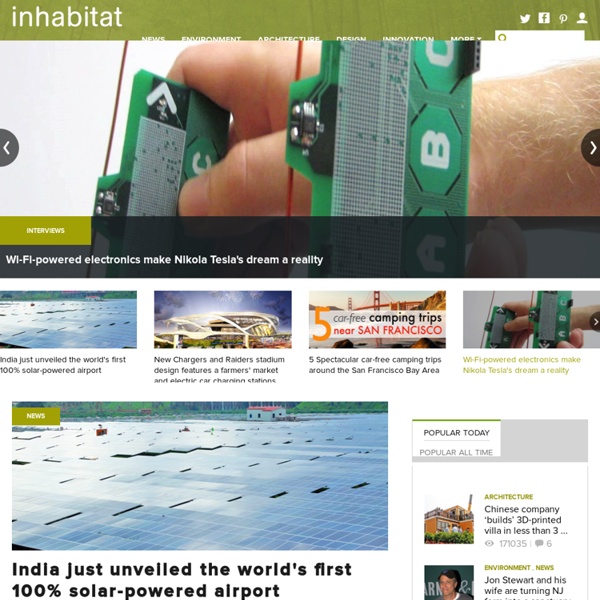



Exxon: The Road Not Travelled - Inside Cllimate News In 1981, 12-year-old Laura Shaw won her seventh-grade science fair at the Solomon Schechter Day School in Cranford, N.J. with a project on the greenhouse effect. For her experiment, Laura used two souvenir miniatures of the Washington Monument, each with a thermometer attached to one side. She placed them in glass bowls and covered one with plastic wrap – her model of how a blanket of carbon dioxide traps the reflected heat of the sun and warms the Earth. If Laura and her two younger siblings were unusually well-versed in the emerging science of the greenhouse effect, as global warming was known, it was because their father, Henry Shaw, had been busily tracking it for Exxon Corporation. "I knew what the greenhouse effect was before I knew what an actual greenhouse was," David Shaw, Henry's son, said in a recent interview. Exxon documents show that top corporate managers were aware of their scientists' early conclusions about carbon dioxide's impact on the climate. Building the Team
EIGG Island Going Green | The Isle of Eigg, the first of a thousand Green Isl... from pond to cup - UWE project resolves global clean water crisis Issue date: 16 January 2014 flickr photo gallery Researchers at UWE Bristol have developed a portable and mobile water treatment system capable of delivering clean drinking water at source. The system has been developed for use in remote or undeveloped areas of the world to provide clean water for disaster relief and humanitarian emergencies. Such technology could help transform the lives of people who currently have no access to clean drinking water. A modest garden shed located next to a pond located on the main University campus is the focus for the research. In conventional drinking water treatment systems chlorine is used for disinfection. Professor Darren Reynolds who is leading the research team said, “I am perfectly happy drinking this water. “The first stage of our project has resulted in the capacity to produce two cubic metres of drinking water in a 12 day period. “There are also places that are affected because there is not a proper infrastructure in place.
Rainforest Connection | Protecting rainforests with real-time data This man built a floating solar-powered fortress made out of 150,000 recycled water bottles Off the cost of Isla Mujeres Bay in Cancun, Mexico, environmentalist and architect Richart Sowa lives comfortably on his island made of over 150,000 recycled water bottles. Sowa first built his floating abode in 2005, but harsh weather destroyed the island. On his third attempt of rebuilding his home— this time in calm waters—he succeeded in developing a sturdy home. He has been living almost completely self-sustainably on his private island since 2008. “Living on my own floating island has been my dream for over two-decades,” said Sowa in Daily Mail, unfazed by his previous attempts. The base of this 25 metre-long island is supported with bags full of water bottles connected to a bamboo frame, which gives the entire land mass enough buoyancy to support his home, pool, and surrounding plants. The three-storey house on Joyxee Island has solar panels, three showers, a kitchen, two bedrooms, a wave-powered washing machine and even Internet.
Tandem silicon-perovskite solar cells could provide solar power on the cheap By combining silicon solar cells with their cheap and efficient perovskite-based counterparts, researchers at Stanford and MIT are creating a new type of "tandem cell" that could reach efficiencies up to 35 percent. Out of all the solar cell technologies discovered so far, perovskite certainly takes the cake as the fastest-growing and one of the most promising for the future. In just a few years of development, perovskite-based cells have gone from efficiencies in the low single digits to a respectable 20 percent. The more traditional silicon based single-junction cells are still in the lead on the efficiency front, but progress has slowed to a crawl as their output approaches the theoretical maximum. On the other hand, the quick pace at which perovskite cells are improving, together with cheap production costs and the fact they can even be sprayed onto windows and roofs, makes them a very interesting proposition. The new cell achieved a power conversion efficiency of 13.7 percent.
Beyond Nuclear - Home Sharing Sustainable Solutions Garbage Patch - The Great Pacific Garbage Patch and other pollution issues